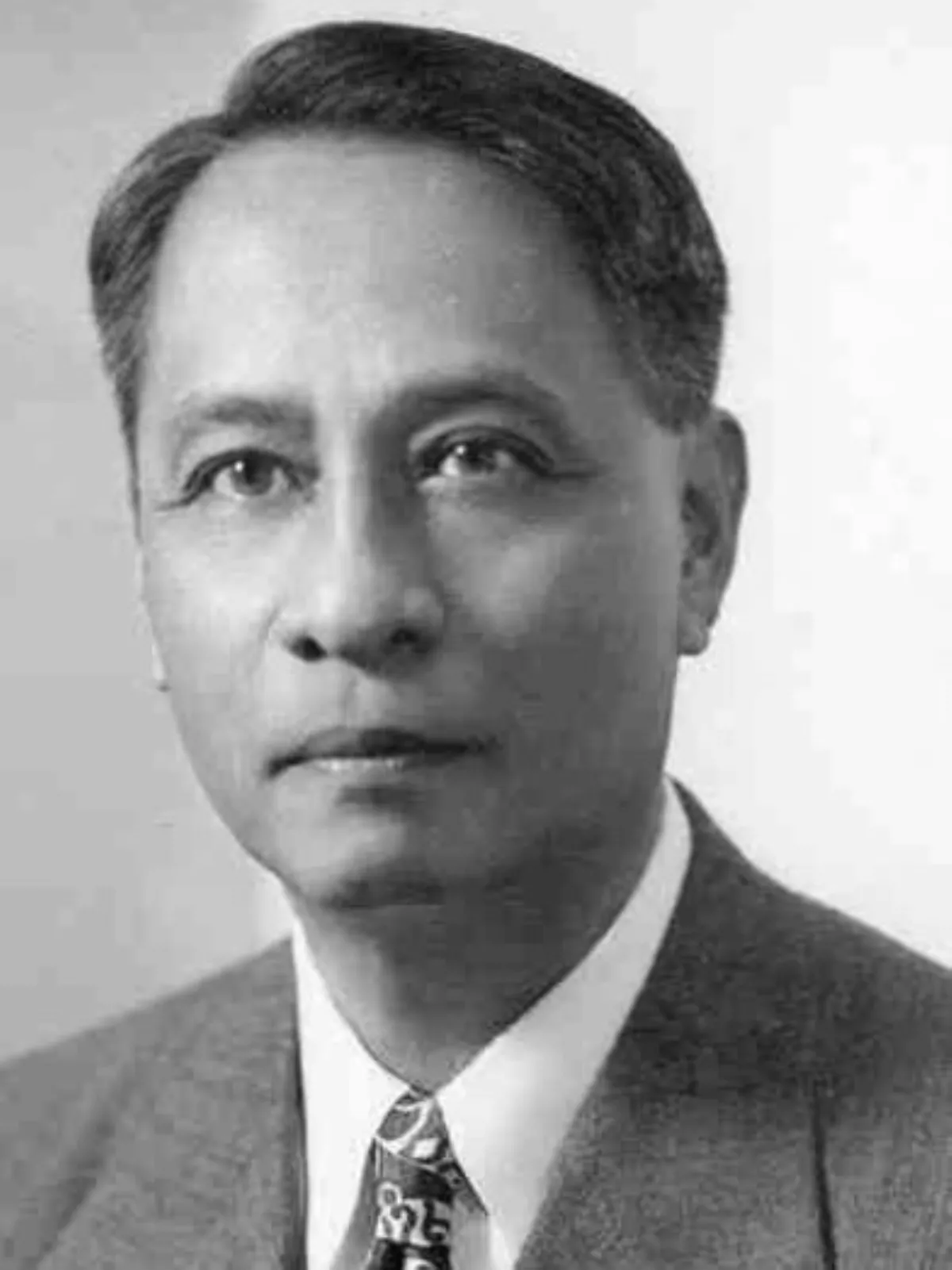 1.
1. Manuel Roxas served briefly as the third and last President of the Commonwealth of the Philippines from May 28,1946, to July 4,1946, and became the first President of the Independent Third Philippine Republic after the United States ceded its sovereignty over the Philippines.